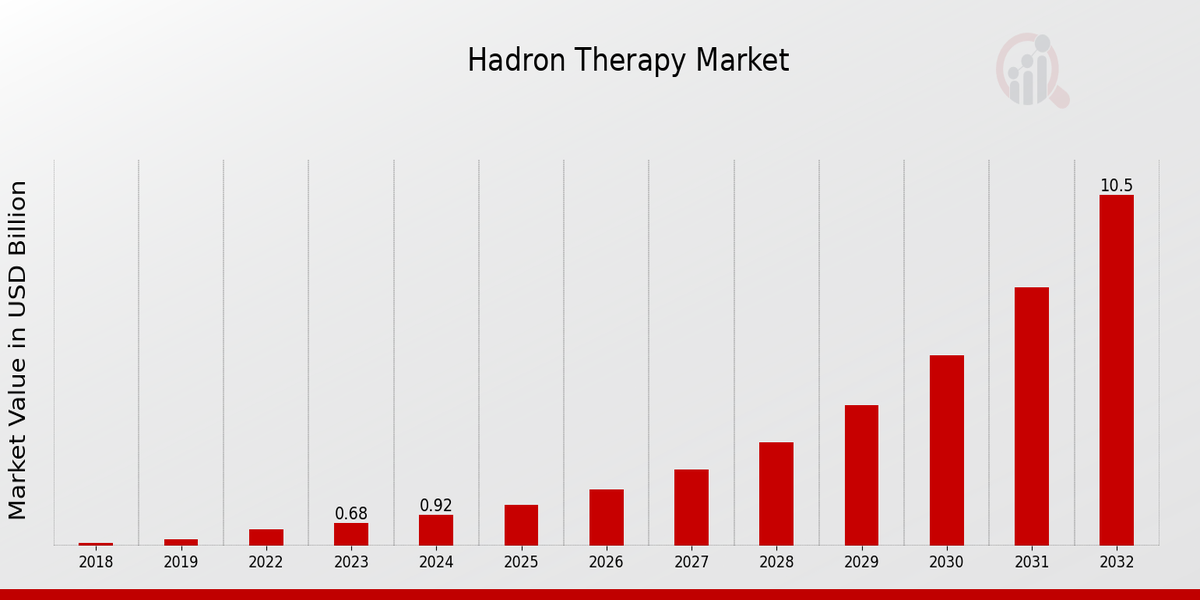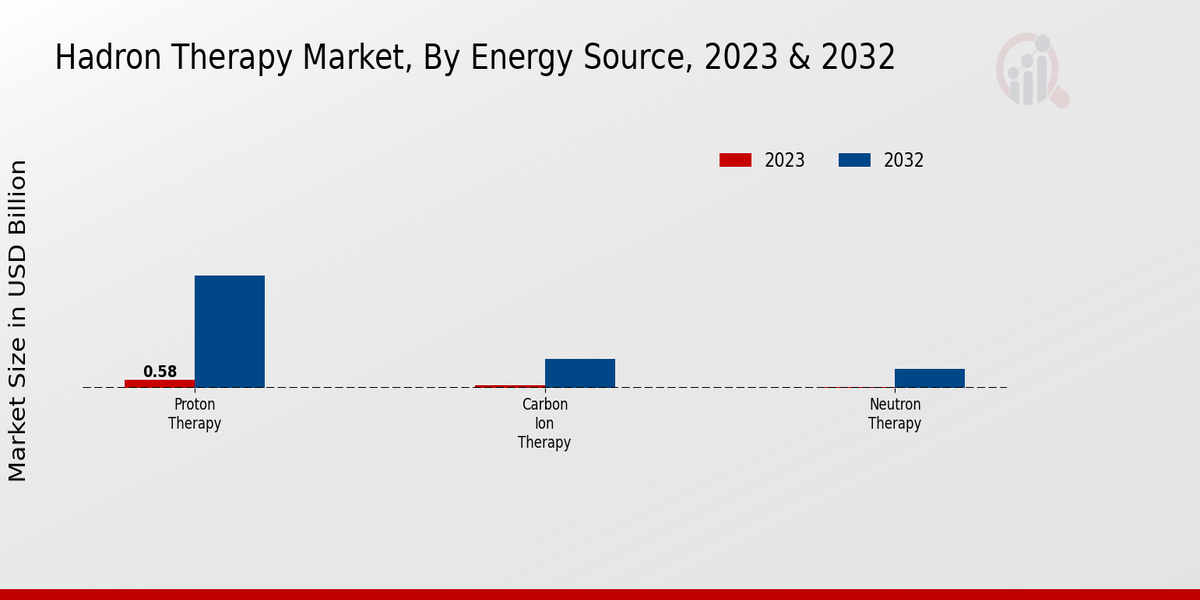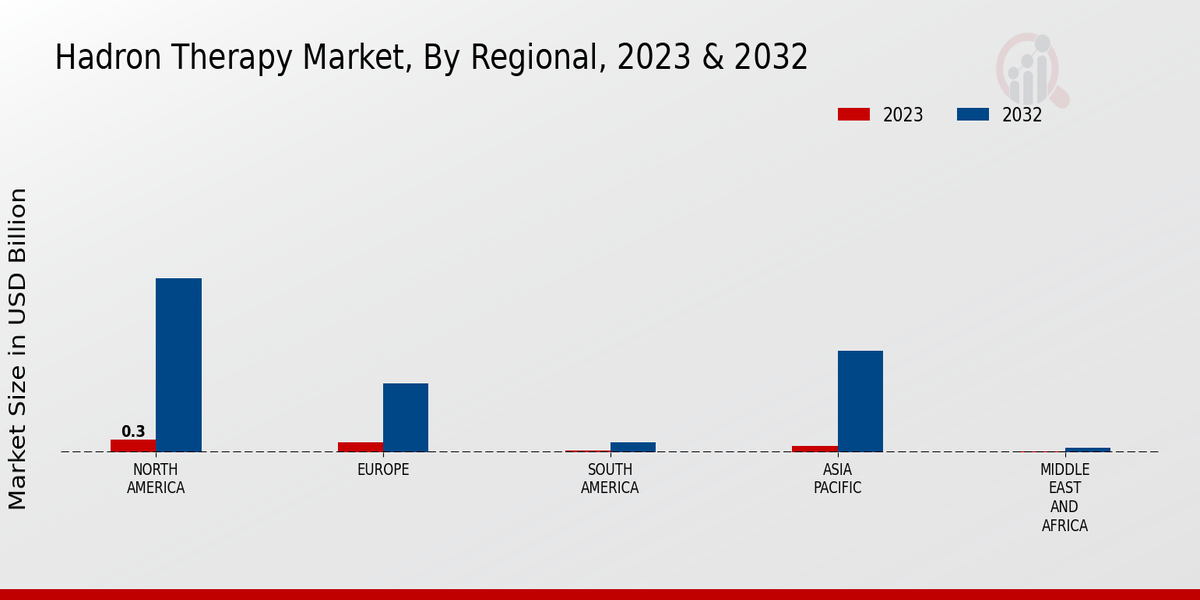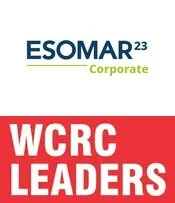Hadron Therapy Market Overview
As per MRFR analysis, the Hadron Therapy Market Size was estimated at 0.5 (USD Billion) in 2022. The Hadron Therapy Market Industry is expected to grow from 0.68(USD Billion) in 2023 to 10.5 (USD Billion) by 2032. The Hadron Therapy Market CAGR (growth rate) is expected to be around 35.62% during the forecast period (2024 - 2032).
Key Hadron Therapy Market Trends Highlighted
The rising number of cases of cancer, especially in low and middle income countries, is propelling the growth of the market for the advanced options in treatment, including hadron therapy. Moreover, the growing need to enhance hadron therapy systems, such as the development of smaller and cheaper models, is widening the adoption of the technology to more healthcare establishments.
In addition, the maturing importance of targeted and more individualized methods of treatment is paving way for the use of hadron therapy amongst other treatments. This market is also expected to increase as more research and development activities for hadron therapy are being done specifically looking into new applications and combinations with other treatment options.

Source: Primary Research, Secondary Research, MRFR Database and Analyst Review
Hadron Therapy Market Drivers
Rising Prevalence of Cancer
The growing global cancer burden is a major factor driving the increasing hadron therapy market. The incidence rate of cancer has been on the rise, with an estimated 19.3 million new cases and 10.0 million deaths in 2020. Hadron therapy has been shown to be highly effective in treating a variety of cancers, including brain tumors, lung cancer, and prostate cancer among others. The procedure has several advantages over traditional radiation therapy, such as being more precise in targeting tumors and having fewer side effects.Consequently, as the number of cancer patients continues to rise, the demand for hadron therapy is also anticipated to increase.
Technological Advancements
The field of hadron therapy is always moving, with new technology being brought forward to make treatment more precise, efficient, and affordable. One of the examples is new devices based on particle accelerators – nowadays, they are more powerful and compact, compared to the first generation of hadron therapy machines. As a result, the therapy can be delivered to more patients and healthcare centers, which will likely lead to the market growing in the future.
Government Support
Most governments have now recognized the potential of hadron therapy and help in developing the field. For instance, the U.S. National Cancer Institute invested heavily in the research of hadron therapy, and the European Union funded several large-scale hadron therapy projects. The information given shows how governments support the field which helps establish it.
Hadron Therapy Market Segment Insights
Hadron Therapy Market Energy Source Insights
The Energy Source segment of the Hadron Therapy Market is categorized into Proton Therapy, Carbon Ion Therapy, and Neutron Therapy. Proton Therapy held the dominant market share in 2023 and is anticipated to maintain its dominance during the forecast period. The increasing prevalence of cancer cases, technological advancements in proton therapy systems, and favorable reimbursement policies are driving the growth of the proton therapy market. Proton Therapy is a highly precise form of radiation therapy that utilizes protons to target and destroy cancer cells while minimizing damage to surrounding healthy tissues.The ability of protons to precisely target tumors makes proton therapy suitable for treating cancers in sensitive areas, such as the brain, spine, and eyes. Carbon Ion Therapy is another form of hadron therapy that uses carbon ions to deliver radiation. Carbon ions have a higher relative biological effectiveness (RBE) compared to protons, making them more effective in killing cancer cells. Carbon ion therapy is particularly beneficial for treating radioresistant tumors, such as bone and soft tissue sarcomas. Neutron Therapy, on the other hand, utilizes neutrons to deliver radiation.Neutrons have a high linear energy transfer (LET), which makes them effective in destroying cancer cells that are resistant to conventional radiation therapy. The rising incidence of cancer, growing awareness about hadron therapy, and increasing healthcare expenditure are key factors driving the market growth.

Source: Primary Research, Secondary Research, MRFR Database and Analyst Review
Hadron Therapy Market Application Insights
The Hadron Therapy Market is segmented into brain tumors, head and neck cancers, lung cancers, and prostate cancers. Among these, brain tumors held the largest market share in 2023, accounting for over 35% of the total market revenue. This dominance is attributed to the high prevalence of brain tumors and the effectiveness of hadron therapy in treating them. Head and neck cancers are the second largest segments, followed by lung cancers and prostate cancers. The market for hadron therapy in treating head and neck cancers is expected to grow at a CAGR of over 30% during the forecast period, driven by the increasing incidence of these cancers and the technological advancements in hadron therapy.The market for hadron therapy in treating lung cancers is also expected to witness significant growth, owing to the rising number of lung cancer cases worldwide. Prostate cancer is another major application of hadron therapy, with the market expected to grow at a steady pace in the coming years. Overall, the Hadron Therapy Market is expected to grow at a CAGR of over 35% during the forecast period, reaching a market value of over USD 10.5 billion by 2032. This growth is attributed to the increasing prevalence of cancer, the rising demand for minimally invasive and effective treatments, and the technological advancements in hadron therapy.
Hadron Therapy Market End User Insights
The Hadron Therapy Market is segmented by End User into Hospitals and Clinics, Research Centers, and Private Institutions. Hospitals and Clinics held the largest market share in 2023 and are expected to continue to dominate the market throughout the forecast period. The growth of this segment can be attributed to the increasing number of cancer patients and the rising demand for advanced cancer treatment options. Research Centers are also expected to witness significant growth due to the increasing investment in research and development of hadron therapy technologies.Private Institutions are also expected to contribute to the growth of the market as they are increasingly investing in hadron therapy systems to offer advanced treatment options to their patients.
Hadron Therapy Market Facility Type Insights
The Hadron Therapy Market segmentation by facility type comprises fixed facilities and mobile facilities. Fixed facilities are dedicated buildings that house hadron therapy equipment and infrastructure. They offer a stable and controlled environment for patient treatment. On the other hand, mobile facilities are self-contained units that can be transported to different locations, providing accessibility to hadron therapy in regions with limited resources. In 2023, fixed facilities dominated the market, accounting for over 85% of the Hadron Therapy Market revenue.However, mobile facilities are gaining traction due to their flexibility and cost-effectiveness. The growing adoption of mobile facilities is expected to drive market growth in the coming years.
Hadron Therapy Market Regional Insights
The regional segmentation of the Hadron Therapy Market shows distinct market dynamics across various geographic regions. North America holds a significant share of the market, driven by advanced healthcare infrastructure, high prevalence of cancer, and government initiatives supporting cancer treatment research. Europe follows closely, with a robust healthcare system and a large patient population. The APAC region is expected to witness substantial growth in the coming years, driven by rising healthcare expenditure, increasing cancer incidence rates, and government investments in healthcare infrastructure.South America and MEA represent emerging markets with growing demand for hadron therapy due to improving healthcare facilities and increasing awareness about cancer treatment options. Overall, the Hadron Therapy Market is poised for significant growth, with regional variations influenced by factors such as healthcare infrastructure, cancer prevalence, and government policies.

Source: Primary Research, Secondary Research, MRFR Database and Analyst Review
Hadron Therapy Market Key Players and Competitive Insights
The Hadron Therapy Market is highly competitive, with major players in the industry constantly working to bring cutting-edge technological developments into their product offerings to meet the changing demands of patients. Leading players in the Hadron Therapy Market space are actively investing in research and development projects to develop systems with improving efficacy and precision. Companies involved in the development of Hadron Therapy Market are also increasingly pursuing collaborative arrangements and acquisitions to consolidate their market position and gain access to new products. The competitive landscape is expected to remain dynamic in future, with continuous product development and strategic alliances driving the industry’s evolution.IBA is a leading market player in the Hadron Therapy Market and has always been at the forefront of developing technology. The company’s proton therapy systems are widely regarded as the best in the industry, offering exceptional precision with their pencil beam scanning technology. IBA has already established proton therapy centers in several countries across the globe. The company’s focus on R and its vast experience in technology solidify its position as one of the dominant players in the Hadron Therapy Market.Varian Medical Systems is active in the Hadron Therapy Market space with its proton solutions as well as a full range of radiation therapy systems. The ProBeam proton therapy system from the company also uses pencil beam scanning technology and is specially designed to provide the most precise and accurate treatment to tumors of all sizes and at all sites. The company has an extensive distribution network and its ProBeam systems are installed at cancer centers worldwide. The Hadron Therapy Market is expected to be highly competitive in the future, with ongoing product development and strategic partnerships shaping the industry’s direction.
Key Companies in the Hadron Therapy Market Include
- Heidelberger IonenstrahlTherapiezentrum
- Varian
- Accuray
- Shenyang Neusoft Medical Systems
- Blossom Imaging
- Zhejiang Proton Medical Technology
- CTI Molecular Imaging
- Chongqing Haoyang Medical
- IBA
- Sumitomo Heavy Industries
- OncoRay
- Proscan
- Hitachi
- Toshiba
- MedAustron
Hadron Therapy Market Industry Developments
The Hadron Therapy Market is projected to reach USD 10.5 billion by 2032, exhibiting a CAGR of 35.62% during the forecast period (2024-2032). The market growth is attributed to the rising prevalence of cancer, increasing awareness about hadron therapy, and technological advancements in the field.Recent news developments in the market include:- In February 2023, Varian, a leading provider of cancer treatment solutions, announced the launch of its Ethos Alpha, a next-generation proton therapy system designed to improve treatment accuracy and efficiency.- In January 2023, the National Cancer Institute (NCI) awarded a $10 million grant to the University of Pennsylvania to establish a new center for research on proton therapy.These developments highlight the growing interest and investment in hadron therapy as a promising treatment option for cancer patients.
Hadron Therapy Market Segmentation Insights
Hadron Therapy Market Energy Source Outlook
- Proton Therapy
- Carbon Ion Therapy
- Neutron Therapy
Hadron Therapy Market Application Outlook
- Brain Tumors
- Head and Neck Cancers
- Lung Cancers
- Prostate Cancers
Hadron Therapy Market End User Outlook
- Hospitals and Clinics
- Research Centers
- Private Institutions
Hadron Therapy Market Facility Type Outlook
- Fixed Facilities
- Mobile Facilities
Hadron Therapy Market Regional Outlook
- North America
- Europe
- South America
- Asia Pacific
- Middle East and Africa
| Report Attribute/Metric |
Details |
| Market Size 2022 |
0.5(USD Billion) |
| Market Size 2023 |
0.68(USD Billion) |
| Market Size 2032 |
10.5(USD Billion) |
| Compound Annual Growth Rate (CAGR) |
35.62% (2024 - 2032) |
| Report Coverage |
Revenue Forecast, Competitive Landscape, Growth Factors, and Trends |
| Base Year |
2023 |
| Market Forecast Period |
2024 - 2032 |
| Historical Data |
2019 - 2023 |
| Market Forecast Units |
USD Billion |
| Key Companies Profiled |
Heidelberger IonenstrahlTherapiezentrum, Varian, Accuray, Shenyang Neusoft Medical Systems, Blossom Imaging, Zhejiang Proton Medical Technology, CTI Molecular Imaging, Chongqing Haoyang Medical, IBA, Sumitomo Heavy Industries, OncoRay, Proscan, Hitachi, Toshiba, MedAustron |
| Segments Covered |
Energy Source, Application, End User, Facility Type, Regional |
| Key Market Opportunities |
Proton therapy expansion in emerging markets Technological advancements in particle accelerators Growing prevalence of cancer Increasing government funding and support Rising demand for noninvasive cancer treatments |
| Key Market Dynamics |
Increasing cancer prevalence Technological advancements Growing interest in noninvasive cancer therapies Rising healthcare expenditure Government initiatives |
| Countries Covered |
North America, Europe, APAC, South America, MEA |
Frequently Asked Questions (FAQ) :
The Hadron Therapy Market was valued at 0.68 billion USD in 2023.
The Hadron Therapy Market is expected to reach 10.5 billion by 2032.
The CAGR of the Hadron Therapy Market is projected to be 35.62% from 2023 to 2032.
The North America region is expected to dominate the Hadron Therapy Market throughout the forecast period.
The cancer treatment segment is expected to hold the largest market share in the Hadron Therapy Market.
The key competitors in the Hadron Therapy Market include IBA, Mevion Medical Systems, Hitachi, and Varian Medical Systems.
The key trends driving the growth of the Hadron Therapy Market include the rising prevalence of cancer, technological advancements, and increasing government support.
The major challenges faced by the Hadron Therapy Market include the high cost of treatment and the limited availability of qualified professionals.
The key opportunities for growth in the Hadron Therapy Market include the expansion of healthcare infrastructure, the development of new technologies, and increasing awareness of the benefits of hadron therapy.
The prospects of the Hadron Therapy Market are promising, with the market expected to continue to grow at a significant pace over the coming years.















